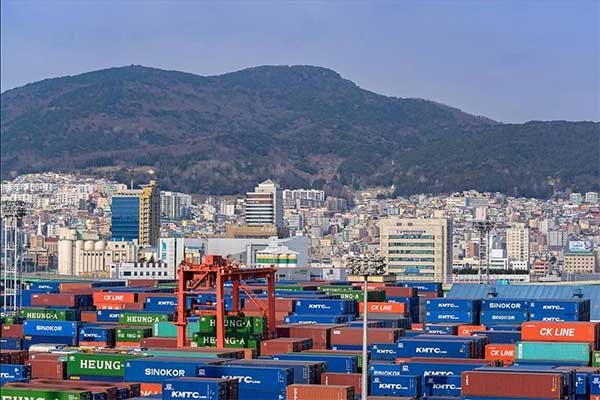
I. How to Select Professional-Grade Tea輸出代理店Company?
Key considerations when selecting an agencyThree core elements:
- Certifications: Confirmed to hold the China Council for the Promotion of International Trade (CCPIT) certification and ISO 22000 Food Safety Management System certification
- Industry Experience: Prioritize candidates withOver 5 years of hands-on tea export case studiesservice provider
- Service Scope: Shall IncludeCustoms declaration and inspection,國際物流, trade finance, risk managementfull-process services
2025 new regulations require agencies to be equipped withEU SPS Notification System Operating Qualification, this is teaヨーロッパへの輸出Essential prerequisites for the market.
II. What special qualifications are required for tea exports?
In addition to the standard import and export rights, the following must be prepared:
- Filing and registration with the agricultural department(Record-filing number valid for 3 years)
- Issued by a third-party testing agency:
- Pesticide Residue Test Report (Compliant with Target Country MRL Standards)
- Microbiological Test Report
- Islamic countries are required to provideHALAL Certification
三、輸出代理店How many steps are involved in the specific operational procedure?
Standard process includes6 Key Stages:
- Phase 1: Sign a tripartite agency agreement (recommended to specifyQuality Dispute Resolution Clause)
- Phase 2: ProcessingExport Commodity Filing(Processing time: 3–5 business days)
- Phase 3: SchedulingContainer cargo-worthiness inspection(Temperature-sensitive cargo requires special handling)
- Phase 4: PreparationCertificate of Origin (CO)(Adoption of electronic signature system starting from 2025)
- Phase 5: Declaration輸出稅還付(Currently, the tax rebate rate for tea products is 13%)
- Phase 6: Complete仕向港通関(Advance confirmation of the destination country’s labeling requirements is required)
IV. How significant are the differences in tariff policies across countries?
2025 Main Market Tariff Situation:
- EU: Standard duty rate 12%; organic tea may applyReduced to 8%
- United States: Base tariff 3.5%, but payment requiredFDA annual registration fee (approximately USD 5,600)
- Middle East countries: GCC unified customs duty at 5%, but halal certification costs increase by approximately$1.2/kg
V. How to Avoid International Trade Risks?
Need to establishLevel-4 risk prevention and control system:
- Quality Risk: Request the agency to providePre-shipment inspection service
- Logistics Risk: PurchaseCIF terms insurance(covering 0.3% of the cargo value)
- Payment Risk: Recommended30% advance payment + 70% letter of creditCombination
- Policy Risk: Updated RegularlyWTO Tea Trade DatabaseInformation
VI. How Should Export Pricing Strategies Be Determined?
It is recommended to adoptCost-plus pricing:
- Basic cost: purchase price + processing fee (60–65%)
- Additional Costs:
- Inspection and certification fee (approx. $800 per batch)
- Logistics warehousing fee (Ocean freight: $2,200/20GP)
- Profit margin: it is recommended to keep it under18-25%interval
Recommended for 2025FOB pricing modelMitigate exchange-rate volatility risk.
VII. What new trends will emerge in tea exports in 2025?
The latest industry trends include:
- The EU is about to implementNew Organic Certification Standards(Effective July 2025)
- Cross-border e-commerce platform B2B transaction volumeAnnual growth of 37%
- The Rise of the Japanese MarketCustomized Small-Bag Tea Service(Minimum order quantity reduced to 200 kg)
- U.S. FDA StrengthensLead content testing(Standard limit reduced from 5 ppm to 3 ppm)
VIII. Quick Answers to Common Questions
- Q: Is it necessary to have your own brand to export?
A: You can use the OBM service of an agency company to save on brand registration costs. - Q: How is the export tax rebate calculated?
A: Tax refund amount = FOB price × Tax refund rate (currently 13%) - Q: How are small-batch orders handled?
A: OptionalLCL (Less-than-Container Load) shipping(LCL), minimum 0.5 cubic meters for shipment


 カスタマーサービスWeChatをフォローしてください
カスタマーサービスWeChatをフォローしてください